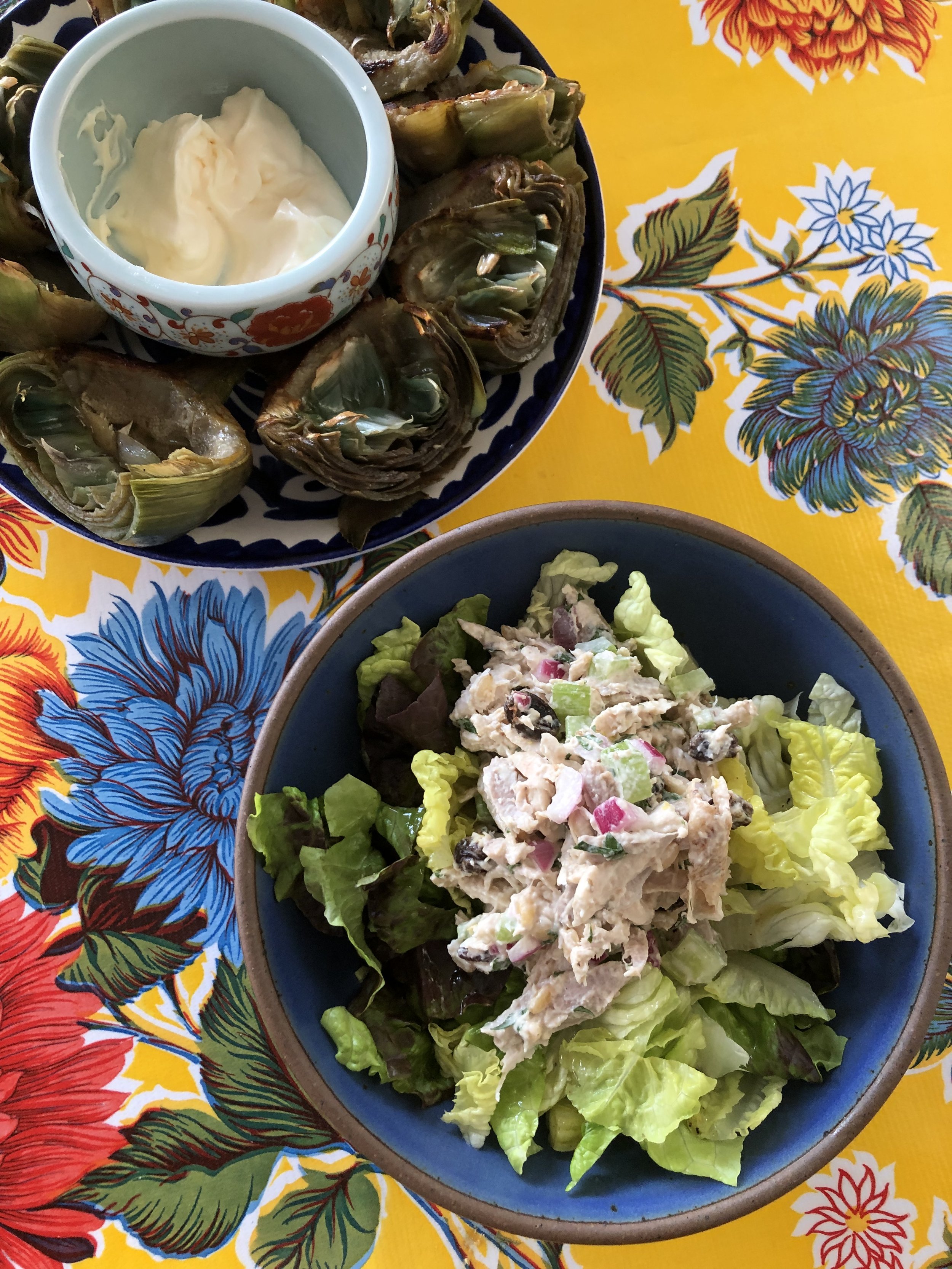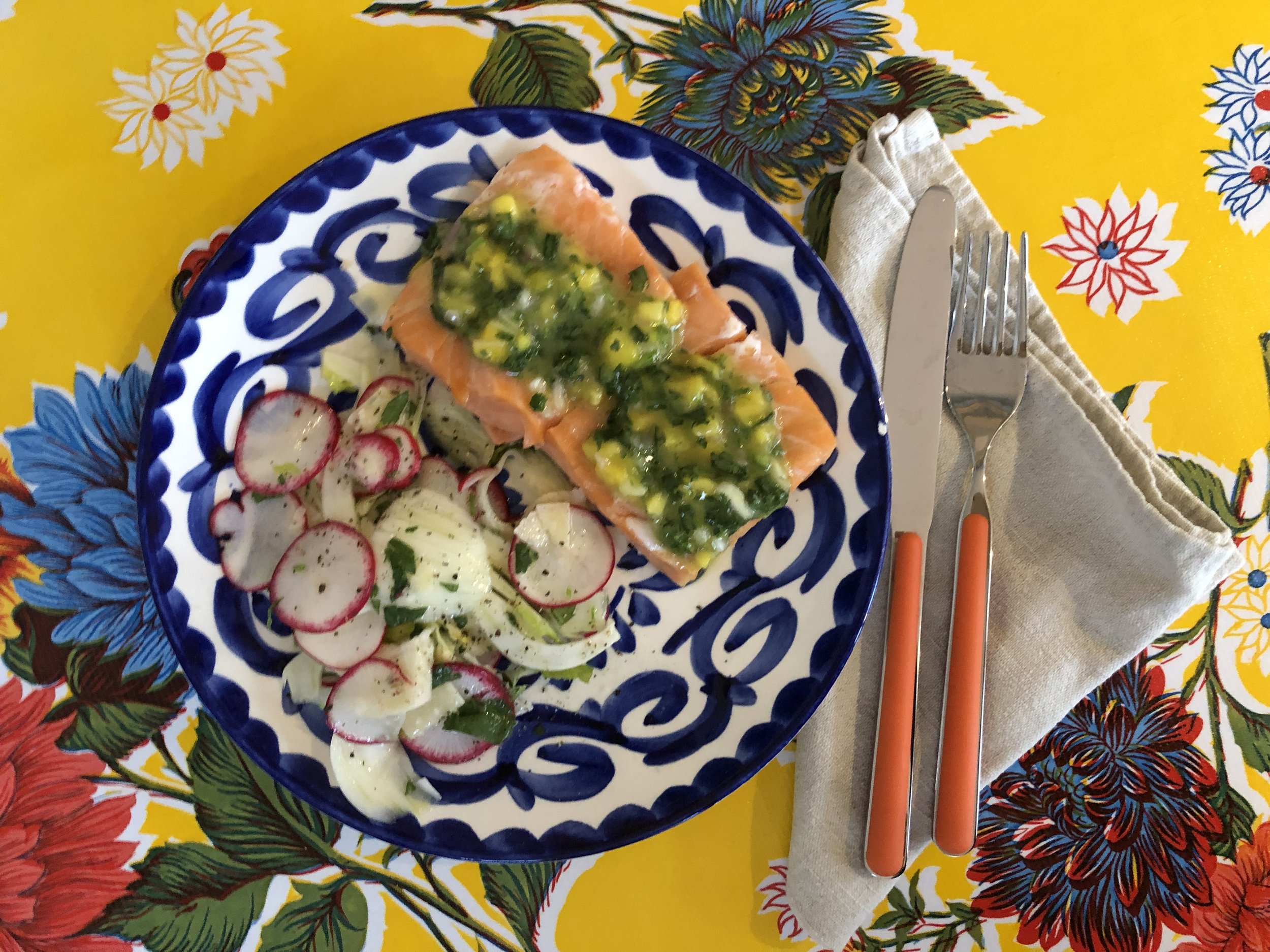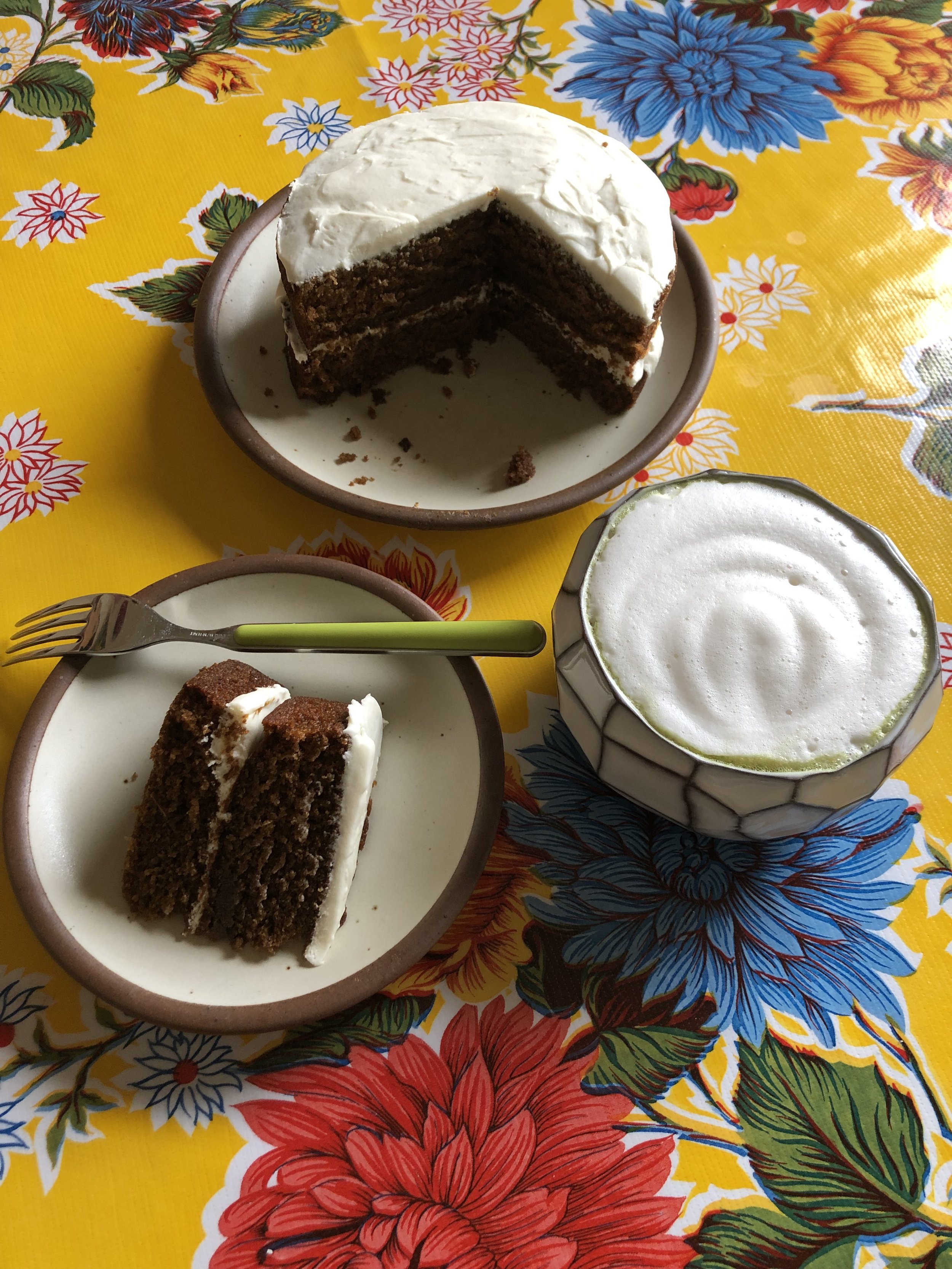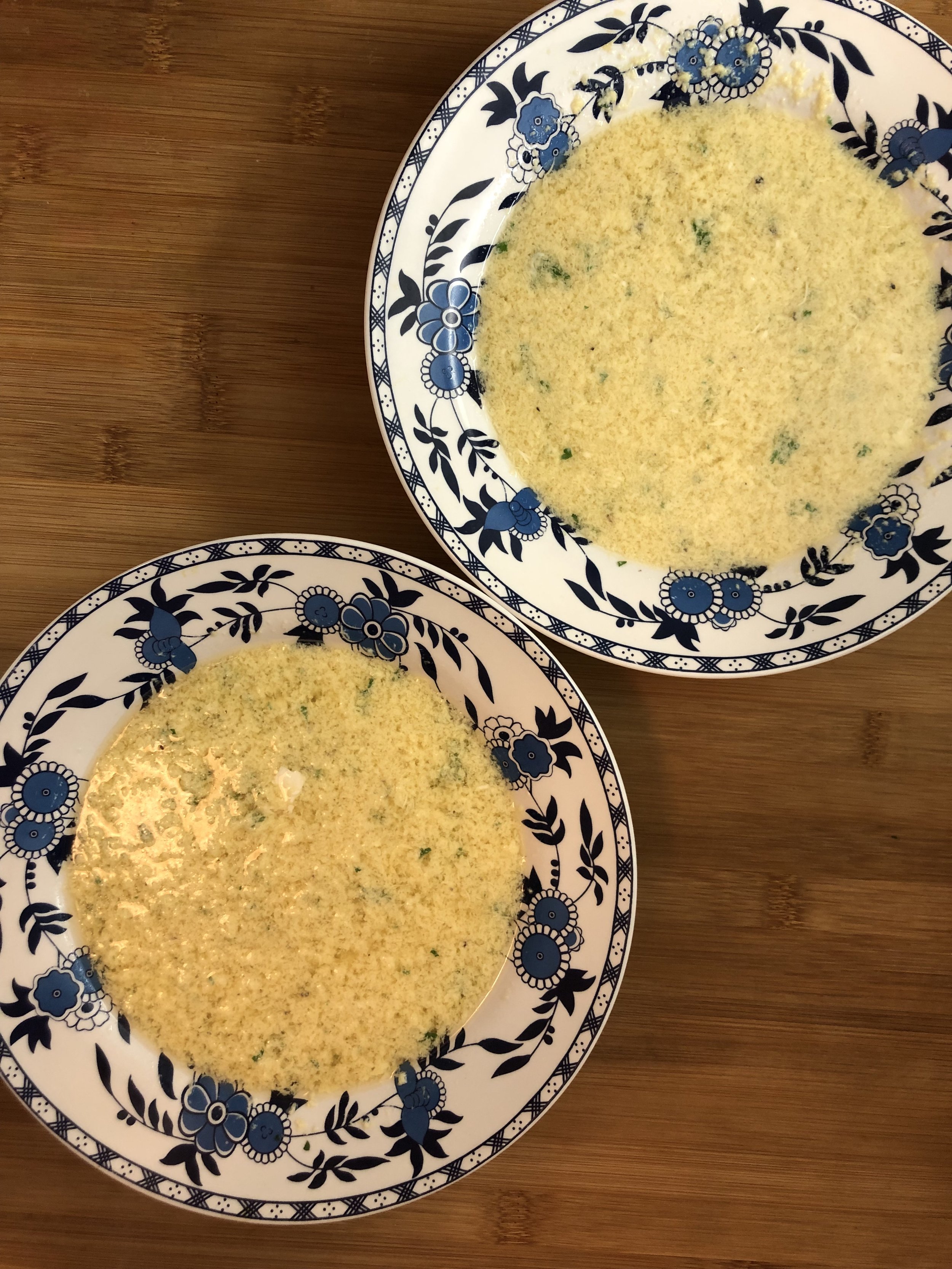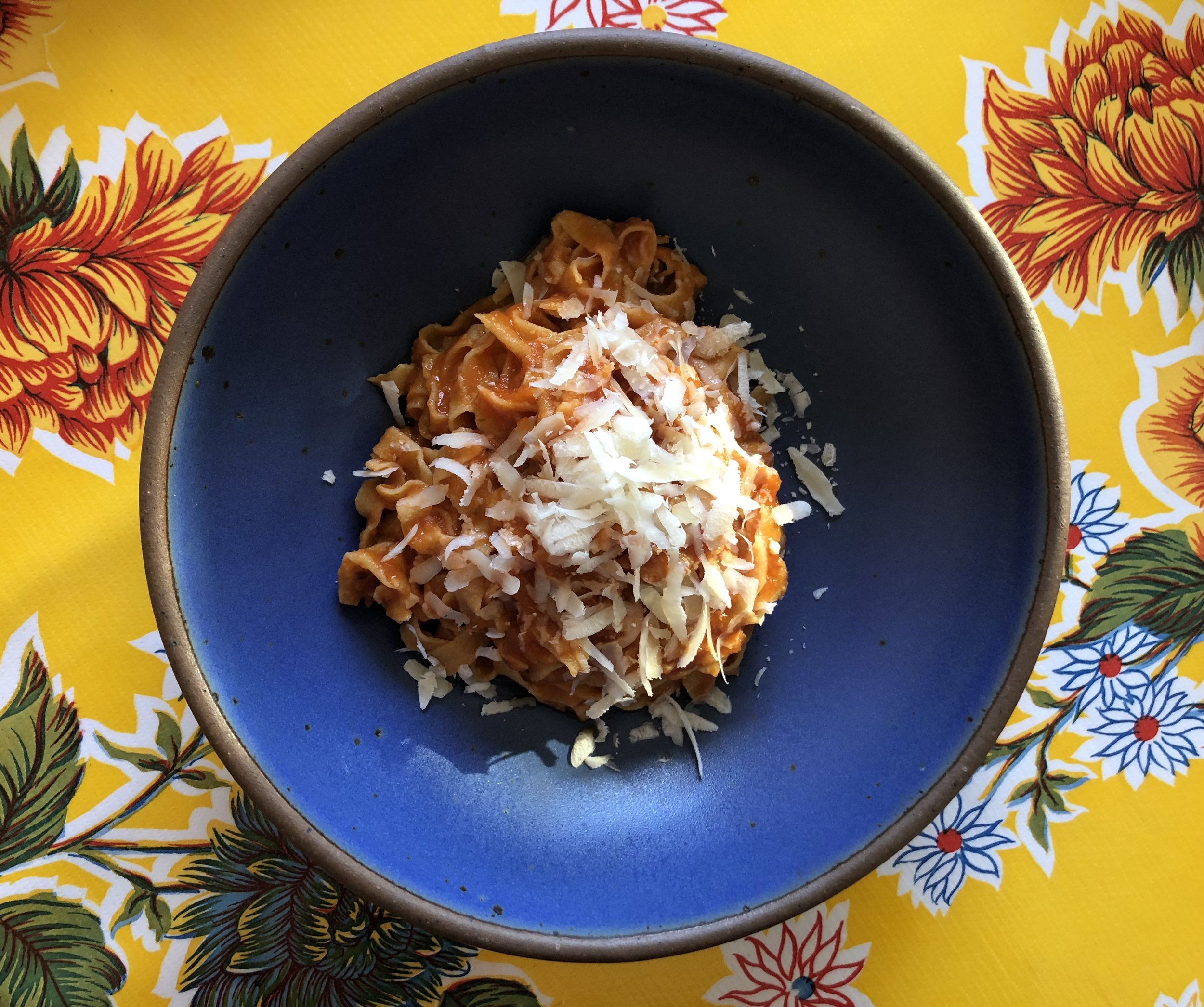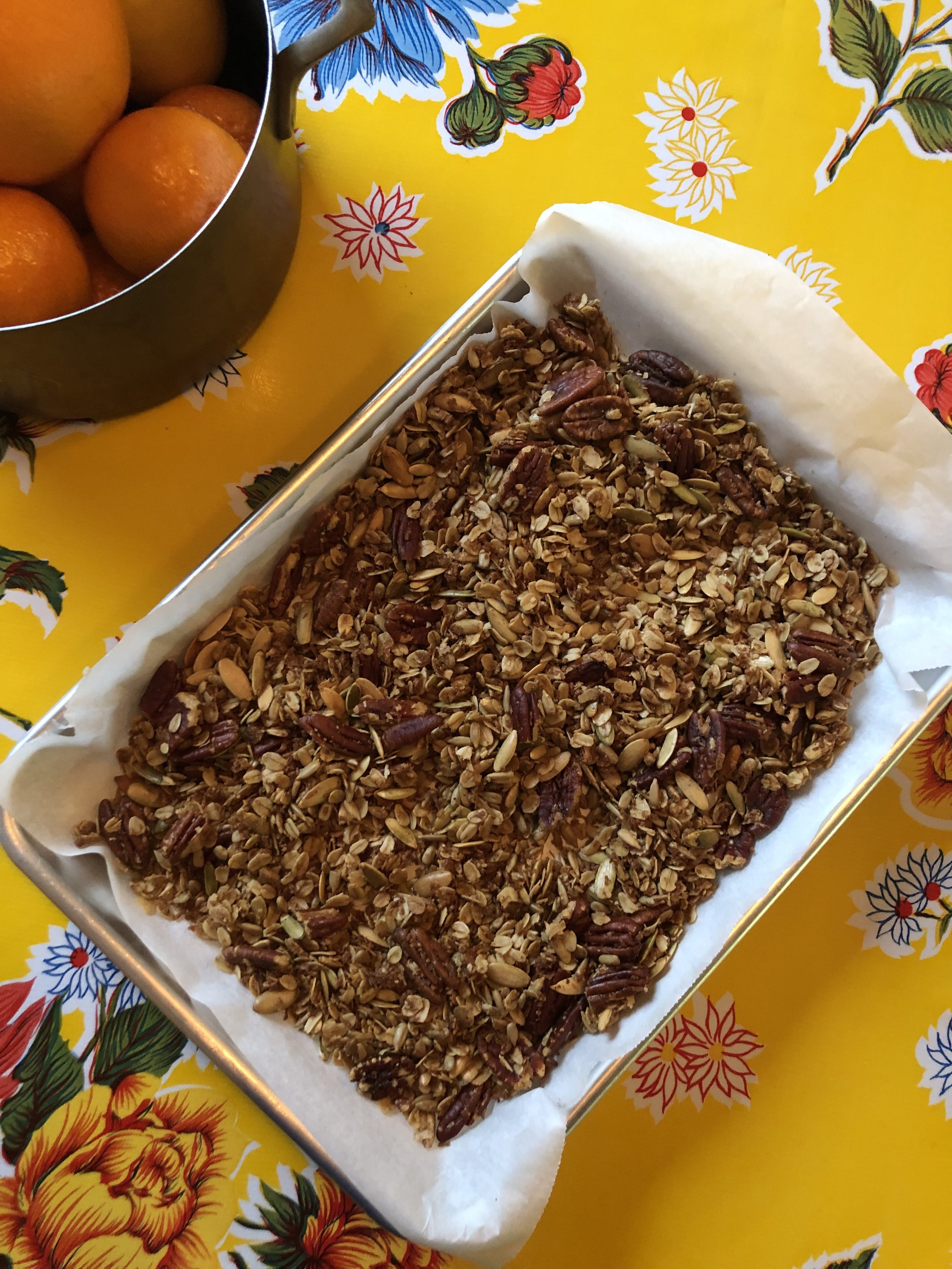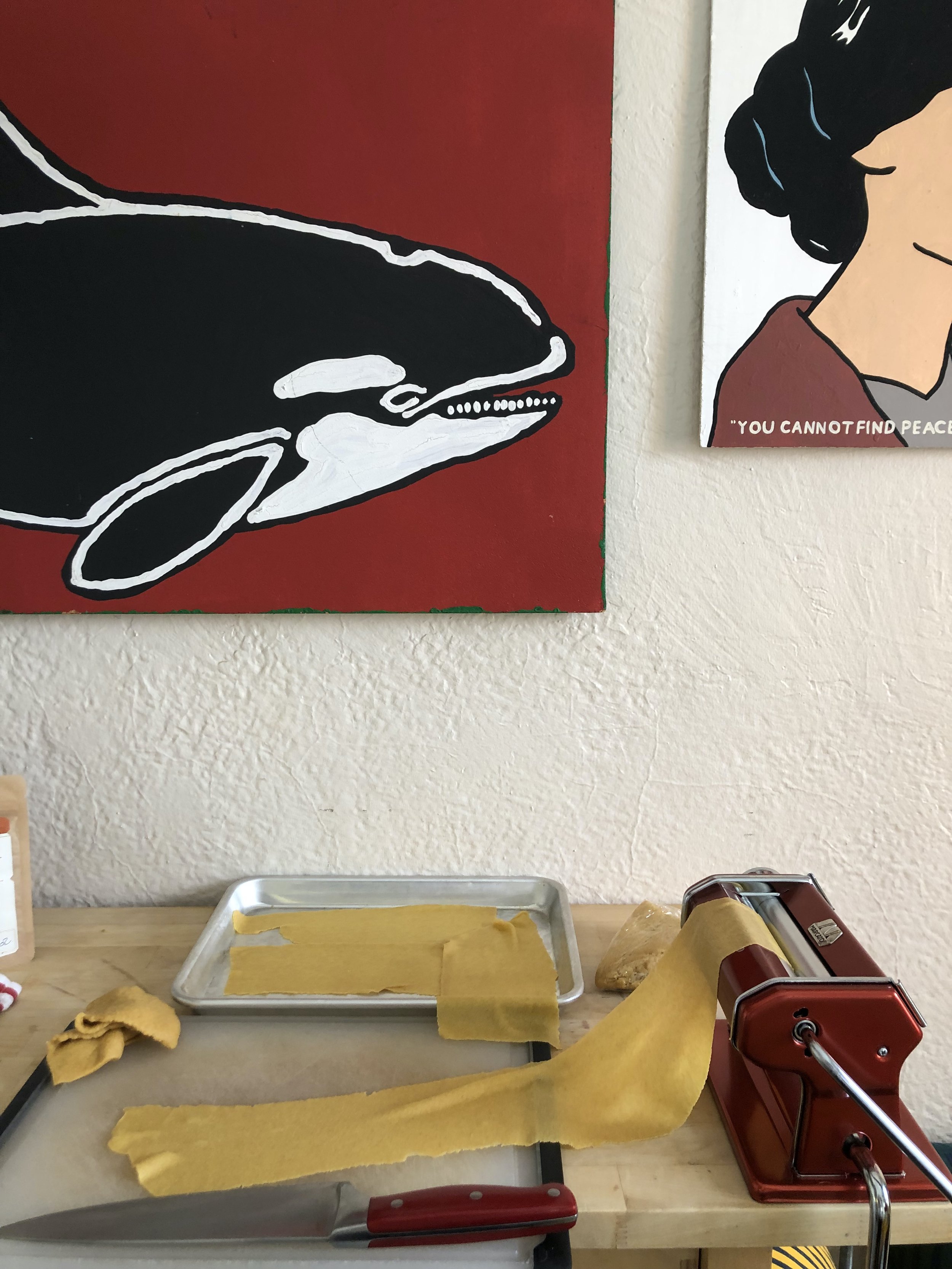Hello from the middle of a heatwave,
It’s hot which means we should be eating cold things. Think cold salads, water with lemon juice ice cubes, and paletas from La Michoacana pulled from the freezer. It also means we’re cooped up inside where we thankfully—blessedly, gratefully, counting our lucky stars—have air conditioning which makes these scorching days feel less painful. We’re constantly watering our outside plants, taking short walks with Momo, and bracing ourselves for the big storms we’ve been having at night. With any luck, the heat should break in the next day or so, and we can return to our stoop where we enjoy reading our books, saying hello to our neighbors, and keeping an eye on Momo who is keeping an eye on the neighborhood cats.
This preamble is not much of a preamble, in that I plan to keep today’s post short. Because I am hot, I am tired, and I’m using the best piece of advice I’ve found from Salt, Fat, Acid, Heat: shortcuts are fine. Take the shortcut. To literally quote Chef Nosrat, “And if you’re short on time, pick up a rotisserie chicken from the store and use a good-quality store-bought mayonnaise spiked with a clove or two of pounded or finely grated garlic to speed things up.”
I can’t explain why exactly I feel like I need permission to not make homemade garlic aïoli and a roasted chicken, but I did. And wow, did the Sicilian Chicken Salad taste totally delicious with its cut corners and grocery store rotisserie chicken. In fact, in addition to taking liberties with the dressing and the chicken, I also subbed run-of-the-mill raisins where the recipe asked for dried currants (help me find currants??) and extra celery for the diced fennel (which I am convinced is only in stores a fraction of the time you need it). Turns out, no one noticed, the salad was excellent, and it’s okay to trust your instincts. Would I make it again? 100% yes. Would I make it without pine nuts because who can afford pine nuts in this economy? Yes, absolutely.
In addition to making Sciilian Chicken Salad, I attempted to make Grilled Artichokes with homemade Garlic Aïoli and have reached the following conclusions:
That I prefer my artichokes steamed in water with lemon and garlic.
That it was a minor tragedy cutting and stripping away so much perfectly good artichoke to make something that looked stunning on a plate.
That it was too hot and far too windy to grill, even though I now know how to start a charcoal grill (!!).
That these artichokes tasted pretty decent being cooked in a cast iron skillet.
And that I am truly awful at making homemade mayonnaise. And I accept my fate.
Which reminds me, it’s okay to take Hellmann’s and toss some pressed garlic into it. It tastes good in chicken salad and extra good with artichokes dipped into it. Today’s takeaway is that you shouldn’t make things harder than they have to be. And if the store doesn’t have currants, raisins are a fine substitute.
Stay cool out there,
Sandy
A plate with cooked artichokes wraps another dish containing garlicky mayonnaise. On the bottom right of the image is a blue bowl containing dressed greens topped with Sicilian Chicken Salad. The plate and the bowl sit atop a yellow floral tablecloth.
